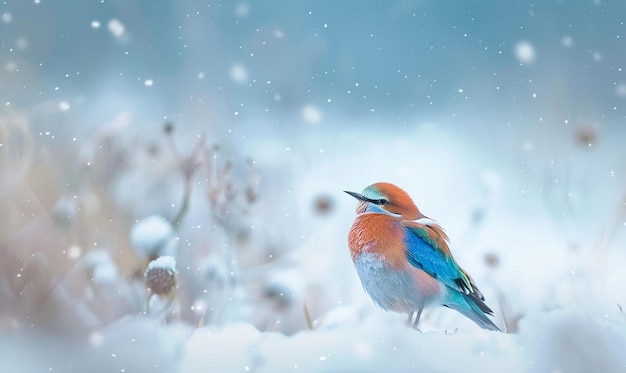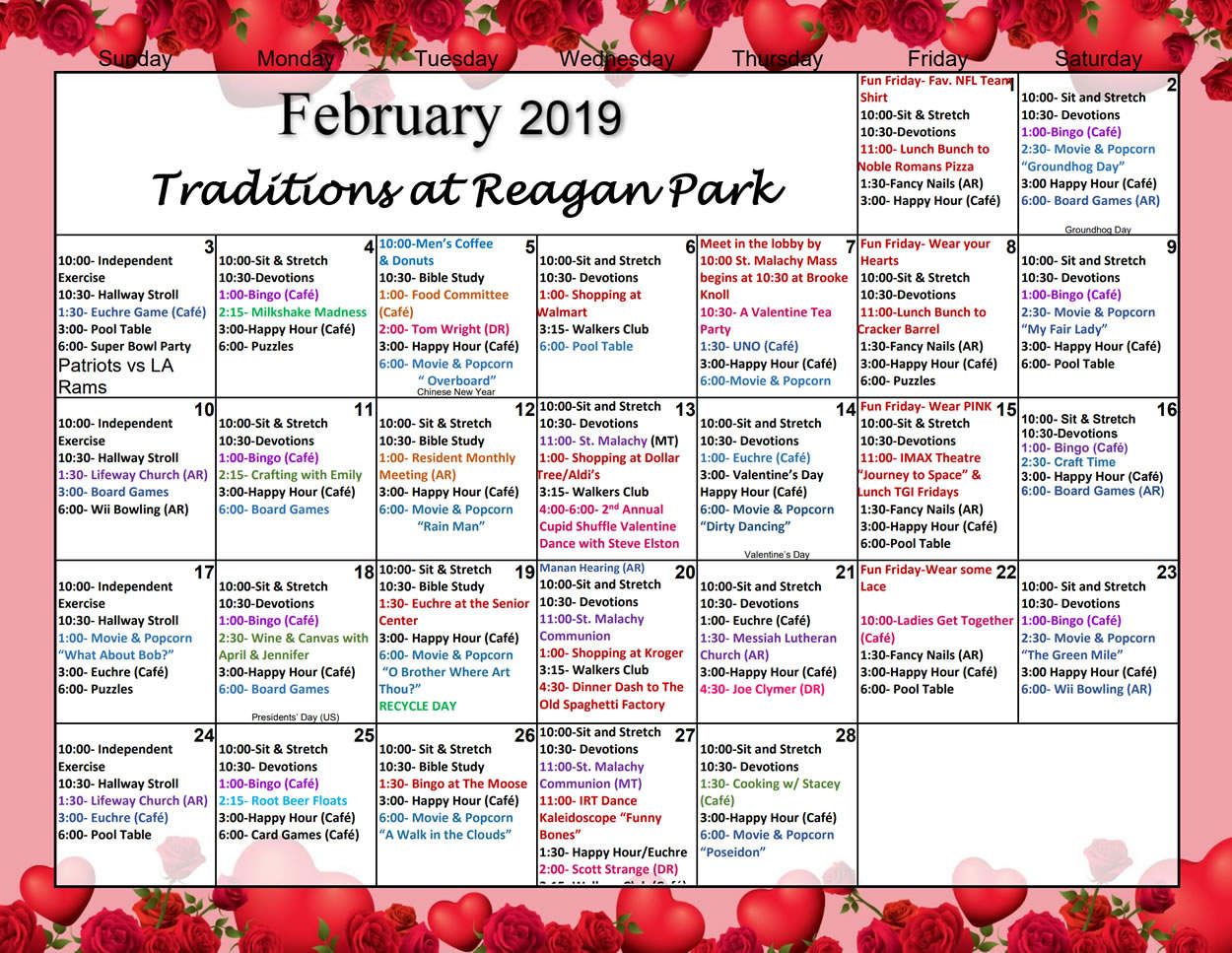Winterwatch: A Guide To Birdwatching In Winter

Table of Contents
Finding the Best Winter Birdwatching Locations
Winter birdwatching requires knowing where to find the birds. Different locations attract different species, so diversifying your search is key to a successful winterwatch.
Local Parks and Nature Reserves
Many parks remain accessible throughout winter, offering excellent opportunities to spot overwintering species. These urban oases often provide essential food and shelter.
- Look for areas with berry-producing shrubs and trees: These attract birds seeking sustenance during the lean winter months. Species like robins and waxwings are particularly fond of berries.
- Check local park websites for winter opening hours and any birdwatching specific events: Many parks host guided winter bird walks or offer information on prime birdwatching spots within their boundaries.
- Consider visiting at dawn or dusk: Bird activity is often higher during these times, as birds are more active foraging for food.
Coastal Areas and Wetlands
Coastal areas and wetlands are havens for waterfowl and shorebirds seeking milder temperatures and abundant food sources. These dynamic environments offer unique winter birdwatching opportunities.
- Bring binoculars and a spotting scope: These are essential for getting a closer look at distant birds, especially waterfowl on the water.
- Learn to identify different species of ducks, geese, and other waterfowl: Familiarize yourself with the common ducks, geese, and other water birds that overwinter in your area. Field guides and online resources can help.
- Check tide times: Low tide exposes mudflats, providing rich feeding grounds for shorebirds. Timing your visit with low tide will maximize your chances of seeing a greater variety of species.
Feeding Stations in Your Backyard
Transform your backyard into a birdwatcher's paradise by creating a welcoming environment with bird feeders and a reliable water source. This allows for close-up winter birdwatching right from your window.
- Offer a variety of seeds, nuts, and suet: Different birds prefer different foods. Providing a variety attracts a wider range of species to your feeders.
- Provide fresh water in a bird bath: Especially crucial in winter, as natural water sources may freeze. Consider using a heated bird bath to keep water available.
- Clean your feeders regularly: This helps prevent the spread of disease among your feathered visitors.
Essential Gear for Winter Birdwatching
Proper gear is essential for a comfortable and successful winterwatch. Prioritize warmth, comfort, and good optics.
Warm Clothing
Layering is key to staying warm and comfortable in cold, potentially windy conditions. Prepare for changing weather conditions.
- Waterproof and windproof outer layers: Protect yourself from the elements with a high-quality jacket and pants.
- Warm hats, gloves, and scarves: Protect your extremities from the cold, as these are most susceptible to frostbite.
- Insulated boots: Keep your feet dry and warm, vital for long days of birdwatching in potentially snowy or muddy conditions.
Optics
High-quality binoculars are crucial for observing birds in detail. Consider supplementing with a spotting scope for distant birds.
- Choose binoculars with a magnification of at least 8x: This allows you to see birds clearly even at a moderate distance.
- Consider a spotting scope for observing distant birds: Spotting scopes offer higher magnification for detailed observation of birds far away, such as waterfowl on a lake.
- Learn how to use your optics effectively: Practice focusing and stabilizing your binoculars or spotting scope to achieve optimal viewing.
Other Essentials
Beyond clothing and optics, several other items can enhance your winter birdwatching experience.
- Field guide: Essential for identifying the birds you see. Choose a field guide specific to your region.
- Notebook and pen: Record your sightings, including date, time, location, and species observed. This helps track your progress and identify trends.
- Camera (optional): Capture those memorable moments with high-quality photos of your avian encounters.
Identifying Winter Birds
Identifying birds is a rewarding aspect of winterwatch. Knowing what to look for can greatly enhance your birdwatching experience.
Common Winter Residents
Learn to identify the species frequently seen during winter in your region. This will provide a solid foundation for your winter birdwatching.
- Use a bird identification app or field guide: These resources provide detailed descriptions, illustrations, and range maps to help you identify different species.
- Pay attention to size, shape, plumage color, and beak shape: These are key features for distinguishing between different bird species.
- Observe their feeding habits and habitat preferences: Understanding bird behavior provides further clues for identification.
Winter Visitors
Many migratory birds overwinter in different areas. Be aware of these winter visitors to broaden your winterwatch.
- Research the species typically found in your region during winter: Familiarize yourself with the expected winter visitors in your area.
- Look for unusual birds that may be outside their typical range: Keep an eye out for rare or unexpected sightings – these can be very exciting!
- Report any rare or unusual sightings to local birdwatching organizations: Your observations contribute valuable data to bird conservation efforts.
Conclusion
Winter birdwatching offers a unique and rewarding experience. By following these tips on choosing the right location, equipping yourself properly, and learning to identify winter birds, you can transform your winter days into exciting adventures. So grab your binoculars, bundle up, and embrace the thrill of winterwatch. Get out there and start exploring the fascinating world of winter birds! Happy birdwatching!

Featured Posts
-
 The Big Issue Announcing Our Young Competition Winner
May 13, 2025
The Big Issue Announcing Our Young Competition Winner
May 13, 2025 -
 Plan Your Year Senior Calendar Of Trips And Activities
May 13, 2025
Plan Your Year Senior Calendar Of Trips And Activities
May 13, 2025 -
 Spory Vokrug Alimentov Sluchay S Synom Pevitsy Tamary Kadyshevoy
May 13, 2025
Spory Vokrug Alimentov Sluchay S Synom Pevitsy Tamary Kadyshevoy
May 13, 2025 -
 Leo Di Caprio And Vittoria Cerettis Met Gala Debut A Red Carpet Absence Explained
May 13, 2025
Leo Di Caprio And Vittoria Cerettis Met Gala Debut A Red Carpet Absence Explained
May 13, 2025 -
 Financial Assistance Chris Brown Supports Tory Lanezs Music Project
May 13, 2025
Financial Assistance Chris Brown Supports Tory Lanezs Music Project
May 13, 2025
